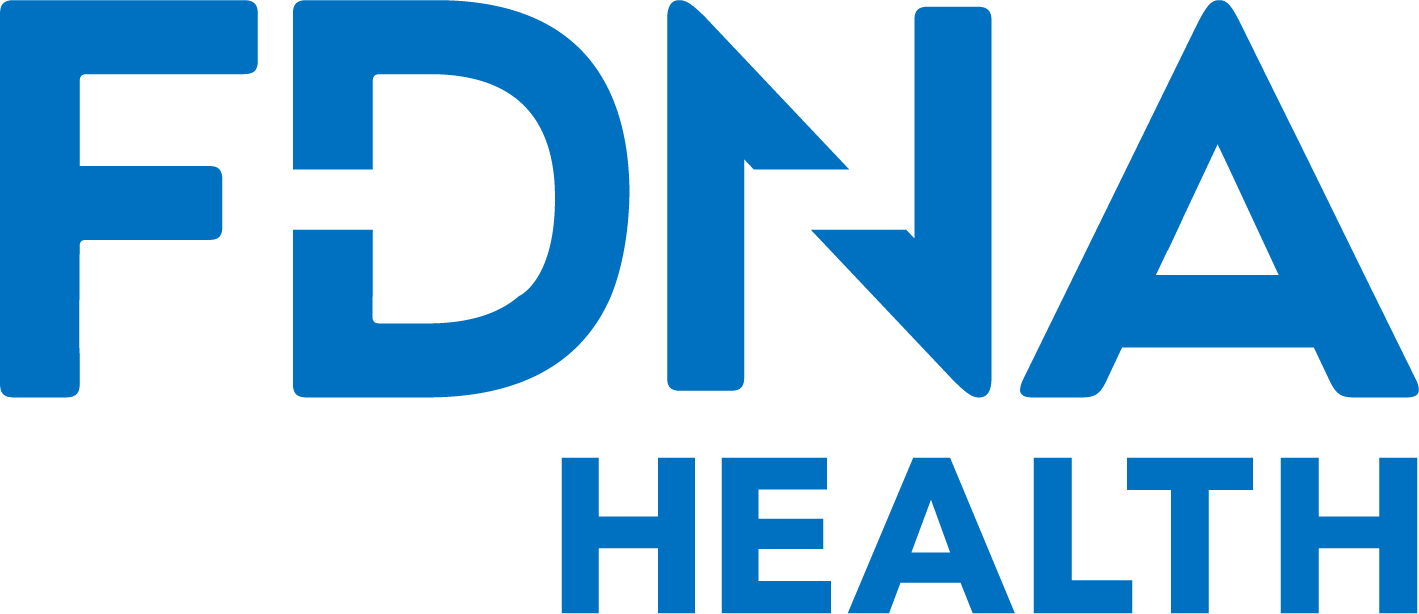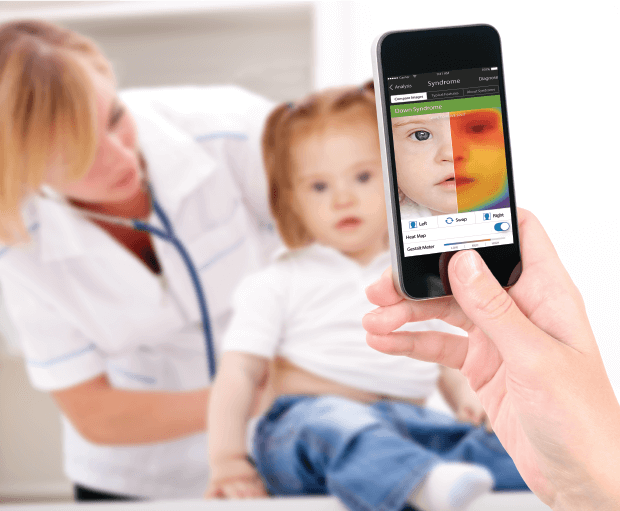Autism Spectrum Disorder Symptoms
What is Autism Spectrum Disorder?
It is a neurodevelopmental condition which mainly affects the social, emotional and communication skills of those affected. It was once a collection of disorders, each with their own name and diagnosis – autism, Asperger’s are some examples of these – but it is now referred to as a spectrum disorder, with individuals diagnosed at points on the spectrum according to the severity and presentation of their symptoms.
Autism spectrum disorder can be diagnosed by the time a child is three. The more we understand about the signs, the earlier diagnosis becomes possible. Sometimes the signs of autism in children are easily identifiable in the first year of their lives.
Greater awareness about autism spectrum disorder symptoms and signs, has led to higher rates of diagnosis, and connected children and their families to essential intervention and support services earlier.
Depending on where on the spectrum an individual is diagnosed, they may be recognized as high functioning and able to participate in normal daily routines and life. For more severe cases, an individual’s ability to live independently, for example, may be affected.
Autism Spectrum Disorder Symptoms
There are a number of widely recognized signs of autism spectrum disorder, in both children and adults. Increasing numbers of adults are being diagnosed also.
It was not previously believed that the disorder looked different in boys and girls, but recent research indicates that there may be a difference in the symptoms between boys and girls – and that girls are better able to mask specific symptoms, in order to fit in.
The current diagnosis criteria for autism spectrum disorder is based exclusively on how the disorder looks and presents in boys, and this is something that will need to evolve in order to ensure an accurate diagnosis for girls as well.
It is important to remember that the spectrum nature of this disorder means that it may look different in different individuals – with symptoms varying in severity especially.
The current main symptoms or signs of autism spectrum disorder are:
- A preference for solitary or solo play which extends beyond the age when children are expected to embark on shared play
- A resistance to physical contact, even from parents or close caregivers – this may include a clear avoidance of physical contact
- Limited facial expressions, and limited range and display of emotions
- Delayed speech development – including communication skills, both verbal and non-verbal
- Issues with initiating and maintaining conversations- including a lack of interest in communicating with others
- A lack of awareness regarding the feelings and emotions of others
- Misunderstands or ignores social cues
- Engages in repetitive movements – rocking and other tics
- Displays a need for strict adherence to rigid routines and rituals – a specific route to school, or a specific way to do something, and displays anything from discomfort to aggressive behavior when faced with minor changes to these routines and rituals
- Issues with coordination – clumsy physical movements
- A sensitivity to sensory stimuli – covering all the senses, from touch to taste, to hearing and sight
- A reluctance and sometimes inability to engage in imaginative play – including role play
- An intense focus on one particular theme, topic, activity, or item
Autism Spectrum Disorder Symptoms & Rare Diseases
In some cases a diagnosis of autism spectrum disorder may also lead to a diagnosis of a rare disease. This is because some genetic syndromes present with autism spectrum disorder as well. Examples include, Rett syndrome, Fragile X, and Timothy syndrome. There is no identified genetic cause of autism at this time, but autism is known to be a symptom of some rare diseases.
A genetic counselor can help families better understand the link between an autism spectrum disorder diagnosis, and a rare disease diagnosis, and provide support for this.







